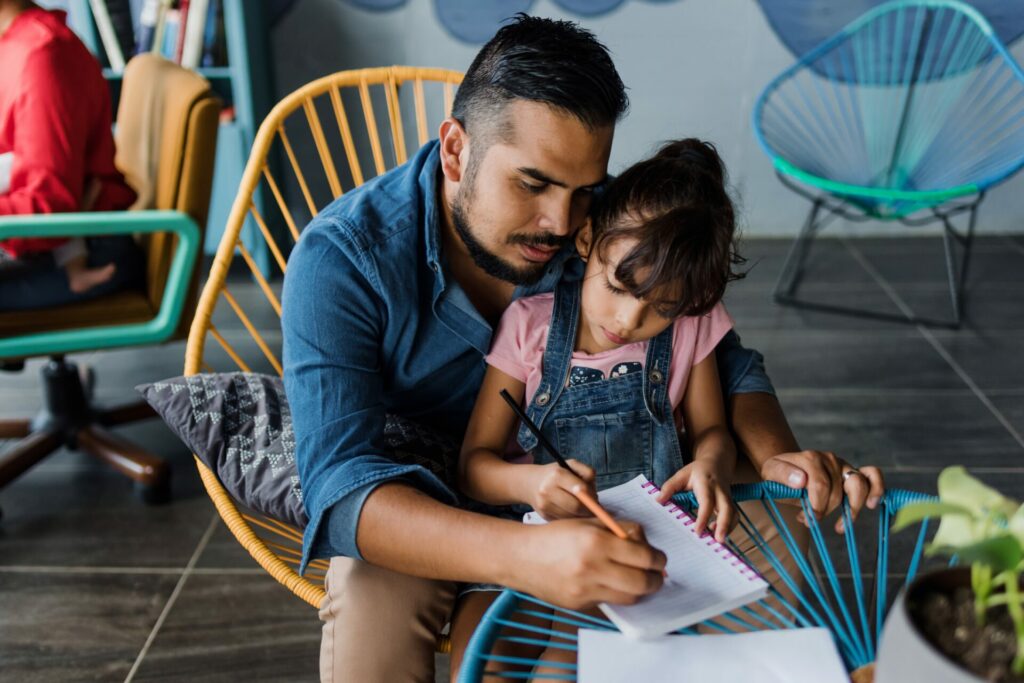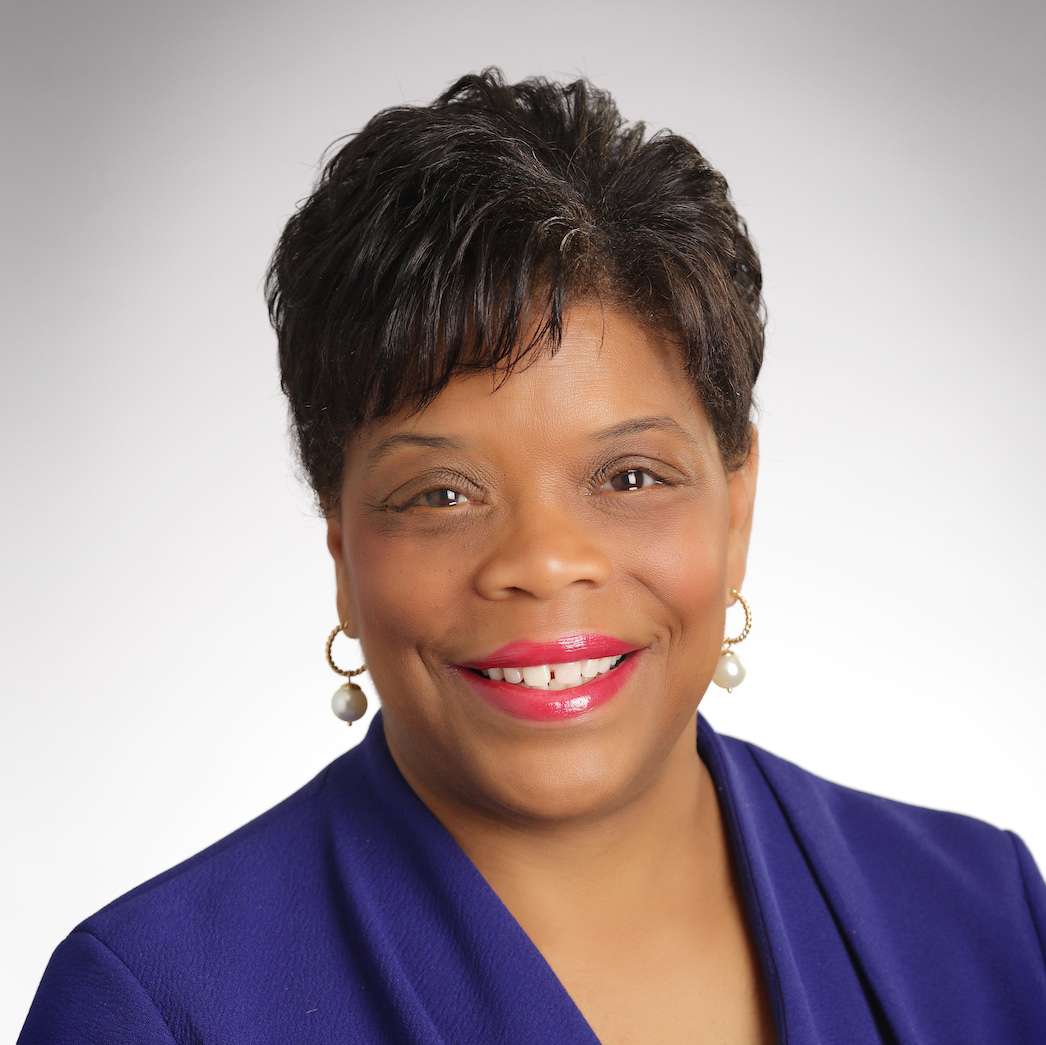Family learning systems expand beyond four walls to encompass, align, and coordinate with other seeds and systems of support within the broader infrastructure.
Dr. Felicia C. Smith, President and CEO, National Center for Families Learning
The notion of infrastructure has recently become a permanent motif in my daily thoughts. I don’t know if it’s because we’re entering a presidential election year—and I’m bracing myself for the myriad debate topics—or if I’m still feeling a bit unsettled from sending my only daughter (and youngest child) to college 14 months ago. Regardless, the idea that families and communities are integral and interdependent components of infrastructure, and that it exists in service of and because of them, is a lightbulb moment for me.
Infrastructure is defined as “the basic physical and organization structures and facilities needed for the operation of a society or enterprise” (Oxford Languages). It is the underlying foundation of our world; its components are central to our lives. It supports the way we live, consume, connect, learn, and travel. The powerful idea that this one word can encompass our whole world is both exhilarating and daunting.
Education is one element of infrastructure, one that is synonymous with schools; however, I’d like to disrupt this traditional way of thinking, and posit that important and desired learning occurs well beyond the schools, and is reflective of moments and opportunities within communities. When you zoom out, you see all the other parts and pieces that impact a learner: Central is their family, followed by their neighborhood, the businesses, and services with which they engage, their natural habitat, and so on. In other words, one’s educational infrastructure is in fact synonymous with their learning journey experienced in their community. At the National Center for Families Learning (NCFL), we refer to this infrastructure as family learning systems.
When families are part of strong communities, they often become life-long learners guided by their curiosities, apply their learning to the workforce in exchange for economic value, and share their knowledge with others. Together, we can shape inclusive spaces and develop interdependent networks that engage families, schools, and communities in learning together as a shared responsibility regardless of where people live.
When families learn together, aided by focused community effort, the impact is exponential.
Dr. Felicia C. Smith, President and CEO, National Center for Families Learning
The future of learning will always involve schools, but we must begin to think about it as something bigger. Family learning systems expand beyond four walls to encompass, align, and coordinate with other seeds and systems of support within the broader infrastructure. They must be robust enough to evolve the landscape of current educational systems and overflow into communities. They must include the capacity to interrogate historical inequities and dismantle societal barriers to learning. More than all this, they must attend to the voice and needs of the families and learners that they serve.
Currently, too many systems of support for children and families are fragmented and inaccessible. And that lack of out-of-school support has demonstrable in-school impacts. A recent survey found that 54 percent of teachers pointed to out-of-school factors like community poverty as a major barrier to addressing learning gaps in their classroom. Even when these issues can be tempered during the confines of a school day, many students return home to caregivers struggling with literacy, skills gaps, and un- or underemployment because the current infrastructure was not built to serve them. Enacting a vision that embraces a new way to focus on learning in communities builds on our collective responsibility and expertise to support different passions, interests, and access to rich learning opportunities.
There can be no solution to this problem that isn’t multigenerational and community-based. At NCFL, we have seen firsthand the power of family learning to not only support children’s social and academic outcomes but to help families reach their full potential and thrive. When families learn together, aided by focused community effort, the impact is exponential. Acknowledging this helps to guide the vision that our organization carefully designed to build aligned and coordinated family learning systems that support equitable and thriving communities over the next decade.
Reimagining how organizations align to create a new evidence base focused on family learning is more important now than ever. We have called on schools and districts to do so much more than they are capable of; we need a new call to action that mobilizes communities to join the team. Together we can reimagine how learning is a shared responsibility among multiple and complementary stakeholders in the community. Our country will realize outsized impact as learners engage differently along their path toward adulthood, families have access and opportunities to new experiences, and communities enable full participation of every person. The future of learning lies with communities, centering families furthest from opportunity because the issues that need tackling are simply too big for one group, one organization, or one system to solve alone.

